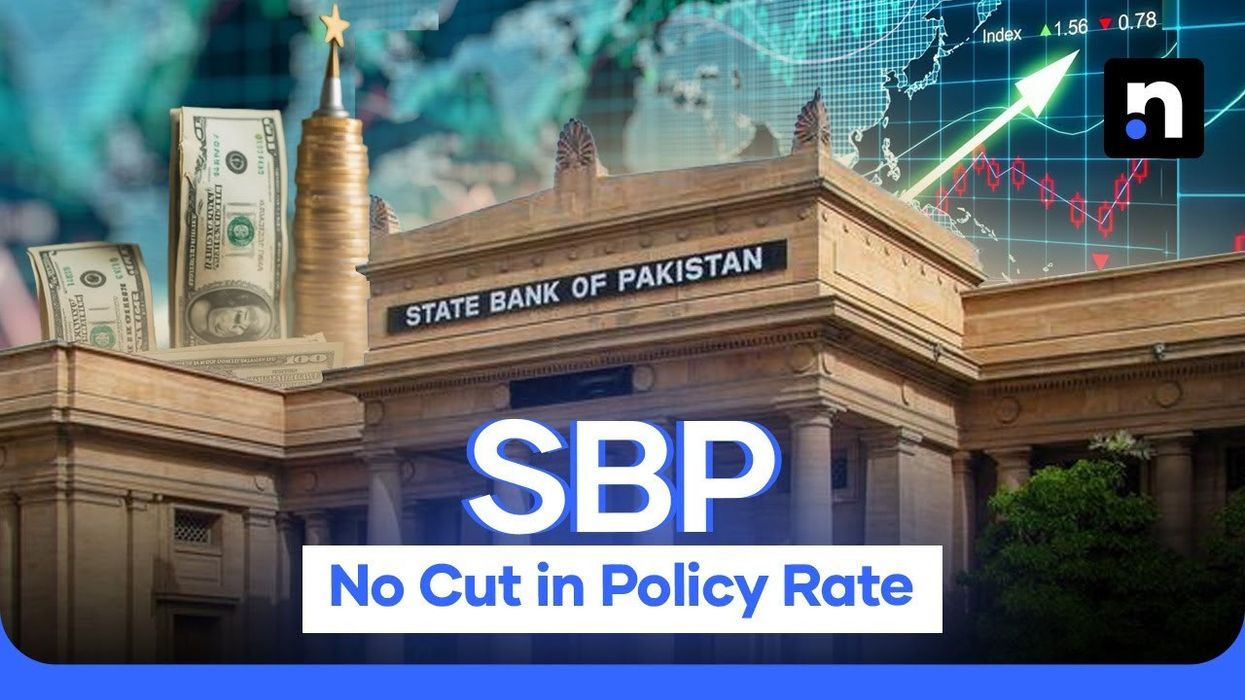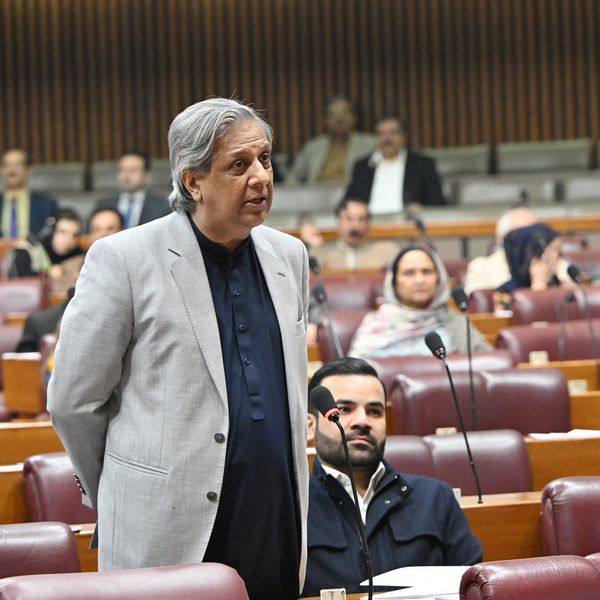Pakistan central bank maintains policy rate at 11%
The decision came as a surprise for most analysts, who when surveyed by Nukta earlier this month, had predicted a 50 to 100 basis points cut in the interest rate

Hammad Qureshi
Senior Producer / Correspondent
A business journalist with 18 years of experience, holding an MS in Finance from KU and a Google-certified Data Analyst. Expert in producing insightful business news content, combining financial knowledge with data-driven analysis.

Haris Zamir
Business Editor
Experience of almost 33 years where started the journey of financial journalism from Business Recorder in 1992. From 2006 onwards attached with Television Media worked at Sun Tv, Dawn Tv, Geo Tv and Dunya Tv. During the period also worked as a stringer for Bloomberg for seven years and Dow Jones for five years. Also wrote articles for several highly acclaimed periodicals like the Newsline, Pakistan Gulf Economist and Money Matters (The News publications)
The State Bank of Pakistan (SBP) on Wednesday opted to maintain the policy rate at 11%, signaling a cautious approach despite a sharp decline in inflation and early signs of economic revival. The decision was announced after the Monetary Policy Committee (MPC) met to assess recent economic developments and risks ahead.
The decision came as a surprise for most analysts, who when surveyed by Nukta earlier this month, had predicted a 50 to 100 basis points cut in the interest rate.
The committee acknowledged that while inflation fell to 3.2% in June, led by lower food prices, the inflation outlook has somewhat deteriorated due to larger-than-expected hikes in gas and other energy tariffs. However, the MPC remains confident that inflation will stabilize within its 5-7% target range over the coming year.
Cautious optimism
The SBP noted that the impact of previous interest rate cuts is still unfolding, and that economic activity is gradually picking up. High-frequency indicators such as automobile sales, fertilizer offtake, and imports of intermediate goods and machinery show positive momentum, while large-scale manufacturing (LSM) returned to growth in April and May after a prolonged slump.
Encouragingly, the agriculture sector is also expected to recover in FY2026, aided by improved water availability following recent rainfall. Combined with a strengthening services sector, the SBP projects GDP growth between 3.25% and 4.25% for the fiscal year, up from 2.7% in FY2025.
Trade risks
The MPC flagged growing concerns over the widening trade deficit, which could erode recent gains in the current account. Although the current account posted a $328 million surplus in June, taking the FY25 total to $2.1 billion, this was largely driven by strong remittances.
With those expected to slow in FY26 due to a high base and changes in incentive schemes, and with exports under pressure from weak global demand and lower commodity prices (especially rice), the current account is projected to fall into a small deficit of 0-1% of GDP in the coming year.
Still, Pakistan’s foreign exchange reserves crossed $14 billion in June, supported by inflows and a sovereign credit rating upgrade that improved investor confidence, lowered Eurobond yields, and narrowed credit default swap (CDS) spreads. The SBP expects reserves to rise further to $15.5 billion by December 2025, helped by anticipated private inflows.
Fiscal and credit dynamics
On the fiscal front, the government exceeded its targets for primary and overall fiscal balances in FY25 through strong revenue growth. However, FBR tax collection fell short of the revised PKR 11.9 trillion target by PKR 200 billion, ending at PKR 11.7 trillion.
For FY26, the government aims to maintain fiscal discipline with a targeted primary surplus of 2.4% of GDP, which the MPC stressed is essential to sustain macroeconomic stability.
In the credit markets, private sector borrowing increased by 12.8% year-on-year, supported by improved economic conditions and positive sentiment. Lending was broad-based across working capital, investment, and consumer finance, with notable demand from the textile, telecom, and retail sectors.
Broad money (M2) growth also accelerated to 14%, reflecting improved foreign reserves and credit expansion. However, a recent rise in the currency-to-deposit ratio prompted the SBP to inject liquidity into the banking system, resulting in higher reserve money growth.
SBP had also kept the interest rate unchanged in its last MPC meeting in June.
It had kickstarted the monetary easing cycle from June last year when the policy rate was at a record high of 22%. However, as inflation cooled from an all-time high of 38% in May 2023 and key macroeconomic indicators improved, the central bank started gradually bringing down the interest rate.











Comments
See what people are discussing